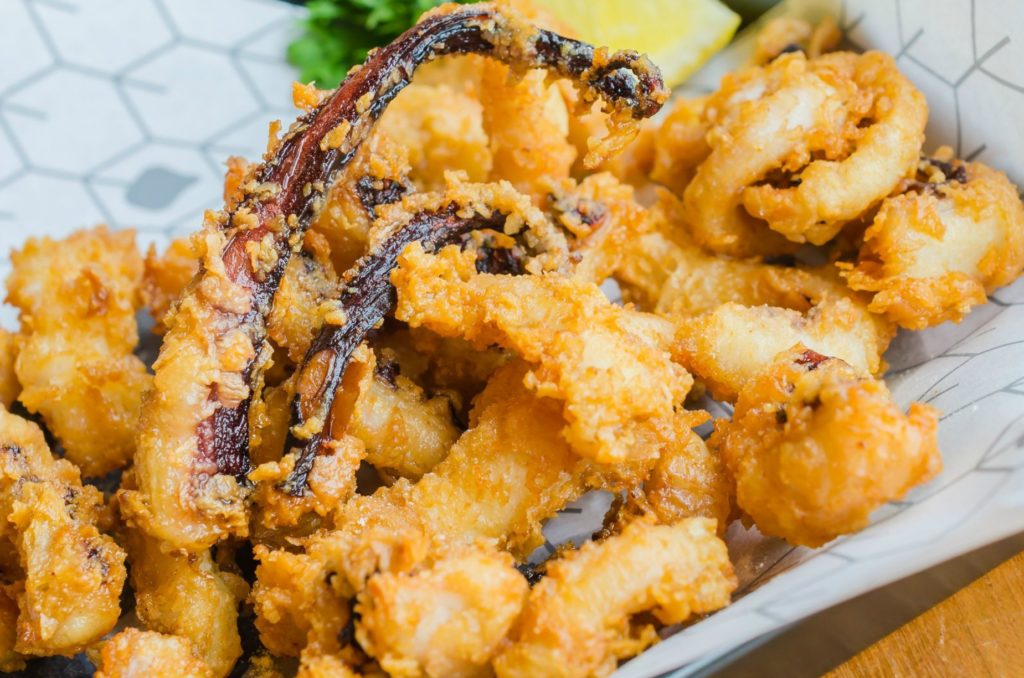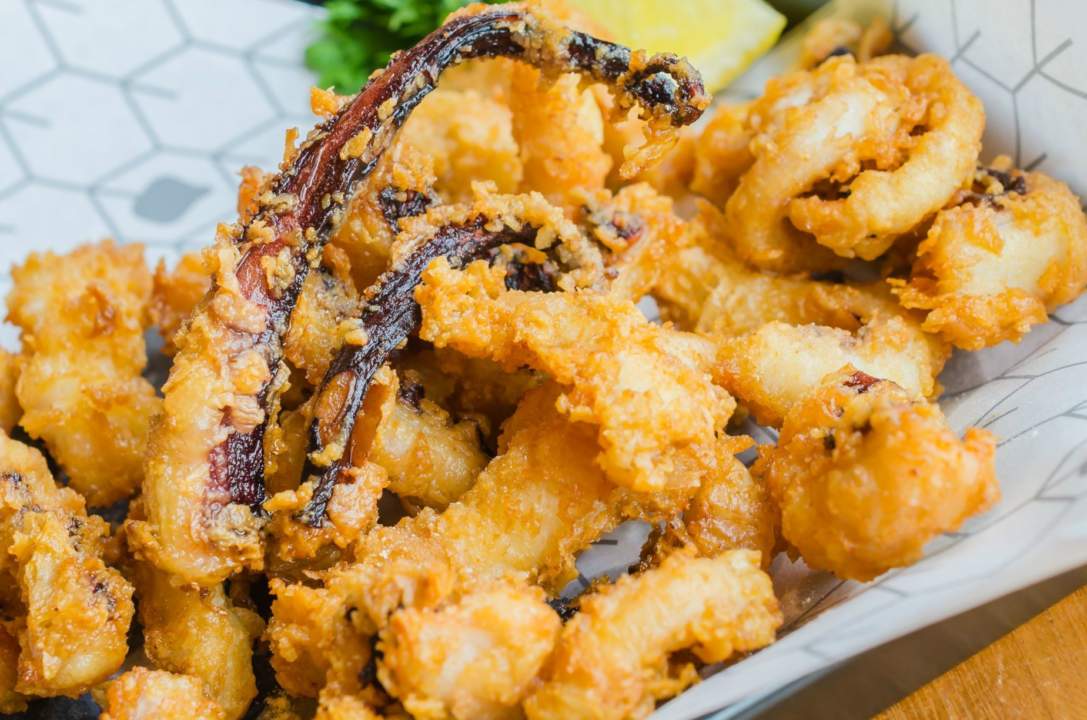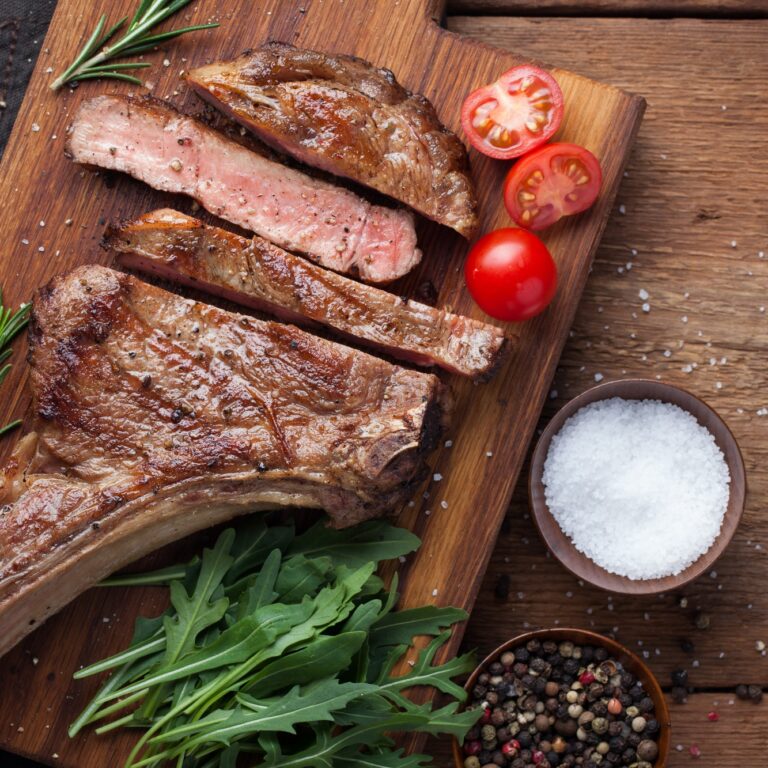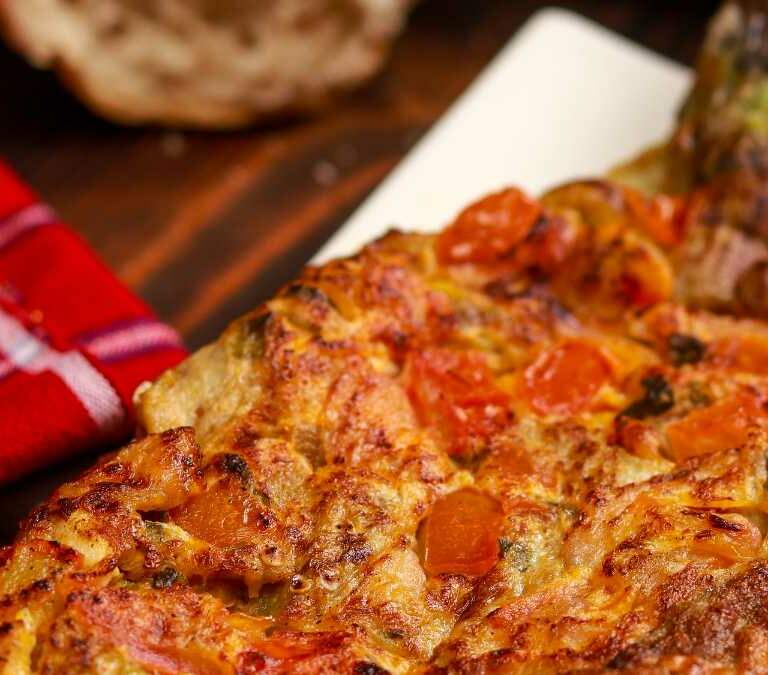
Easy Meal: Crispy Squid Recipe
My family loves anything crispy and fried. There’s something inherently satisfying about the crispy, golden goodness of fried dishes, This crispy squid would disappear while I’m cooking. So it’s really better to prepare lots so we can still have some to eat after I’m done cooking.
If you find yourself in this crispy squid predicament, fear not, for we have the perfect solution! In this article, we’ll share a mouthwatering recipe for crispy squid that will leave everyone wanting more. So, roll up your sleeves and prepare to embark on a crunchy culinary journey that will have your family begging for seconds!
Crispy Squid Recipe
*This is for a big batch. Great for a family Netflix party and goes well with beer!

Ingredients:
Marinade:
1 Tablespoon plus 1 teaspoon iodized salt
1/2 tbsp. MSG (if using)
1 teaspoon garlic powder
2 pcs. Knorr chicken cubes
1 teaspoon ground black pepper
2 teaspoon sweet paprika (or 5 spice powder)
2 1/2 cups water
3 kilo squid
chilled water or milk
2 cups all-purpose flour
Oil for deep frying or fat for frying.
Instructions:
- Prepare marinade in advance. Combine the first six ingredients in a pan and simmer until chicken cubes is dissolved. Allow to cool down.
- Clean and cut your squid and marinate for at least 4 hours in the refrigerator. (I used packed squid from the grocery so I marinated it overnight while defrosting.)
- Drain the marinade and dredge the squid in flour.
- Dip in chilled water then drop in flour again.
- Then deep fry the calamari in batches, for three minutes:
- Put in paper towels and sprinkle some salt and black pepper while hot.
- Serve with garlic and vinegar or garlic-mayo dip.
Tips to avoid chewy (makunat) Crispy Squid
Sometimes it happens that your squid ends up chewy. Here are some tips to avoid that:
- Marinate the squid for at least 4 hours and up to overnight. This helps tenderize the squid and allows the marinade flavors to penetrate. The longer marinating time, the better.
- Pat the squid dry with paper towels after marinating and before dredging in flour. Excess moisture will cause the flour to become gummy and not crisp up properly.
- Use a fine-grain flour for dredging, like all-purpose flour. A coarser flour will form a thicker coating that can become tough and chewy.
- Fry the squid in small batches to avoid crowding the pan and lowering the oil temperature. Crowded squid will steamed rather than fry.
- Cook the squid until just crisp, about 2 to 3 minutes. Overcooking will result in tough meat. Remove the squid promptly from the oil once crisp.
- Drain the fried squid on paper towels to absorb excess oil before serving. The excess oil is what can make the coating gummy and chewy.
Finally, proper heat is important. Make sure the oil is at the correct temperature between 325°F to 350°F before adding the squid. If the oil is not hot enough, the flour coating will absorb oil and become soggy rather than crisp.
Here are some ways to check if oil is hot enough for frying without a thermometer:
- Drop a pinch of flour into the oil. If the flour sizzles and turns brown right away, the oil is ready. If the flour sinks to the bottom without sizzling, the oil needs to heat up more.
- Use the end of a wooden spoon or chopstick to drizzle a few drops of water into the oil. If the water beads up and sizzles immediately, the oil is hot enough. If the water just sits there, the oil needs to heat longer.
- Look for visible heat waves coming from the oil. As the oil heats up, you’ll start to see waves of heat distorting your view of the pan. This indicates the oil is getting close to the correct temperature.
- Look for a light “shimmer” on the surface of the oil. As the oil heats up, it will start to gently ripple and shimmer. This shimmer indicates the oil is hotter, closer to the right temperature for frying.
- When in doubt, heat the oil a bit longer than you think is needed. It’s easier to bring the oil temperature down after adding the food rather than trying to quickly heat up oil that is not hot enough yet. You can reduce the burner heat if the oil starts to smoke.
Here’s the recipe to print:

Ingredients
Shopping list
- 3kg cleaned squid
- 2 cups flour
- Salt and pepper to taste
- Oil for frying
Pantry Staples:
- Flour, salt, pepper, garlic powder, spices, oil.
Marinade
- 2 chicken cubes
- 2 tbsp MSG (optional)
- 2 tsp garlic powder
- 2 tsp sweet paprika
- 2 1/2 cups water
Tools:
- A wok, Dutch oven or deep fryer. Tongs, spatula and paper towels.
Instructions
- Combine marinade ingredients in a pan and cook until dissolved. Cool.
- Add squid to marinade and refrigerate for at least 4 hours.
- Drain marinade and pat squid dry with towels.
- Place flour in a bowl. Season with salt and pepper.
- Dredge squid in flour, shake off excess then dip in water. Redredge in flour.
- Heat oil to 350°F.
- Fry squid in batches until crispy, about 2 to 3 minutes.
- Transfer to paper towels to drain. Sprinkle with more salt.
- Serve immediately with garlic-vinegar or garlic mayo dipping sauce.
Notes
Tips: Dry squid thoroughly before flouring for a extra crispy coating. Fry in small batches to avoid lowering the oil temperature.
Variations: Experiment with different spices in the flour or marinade like cumin, chili, salted egg powder or curry powder.

Hello! I am April
...I don't know exactly what a prayer is. I do know how to pay attention, how to fall down. into the grass, how to kneel down in the grass, how to be idle and blessed, how to stroll through the fields, which is what I have been doing all day. Tell me, what else should I have done? Doesn't everything die at last, and too soon? Tell me, what is it you plan to do with your one wild and precious life?
- That Summer Day. Mary Oliver Tweet











